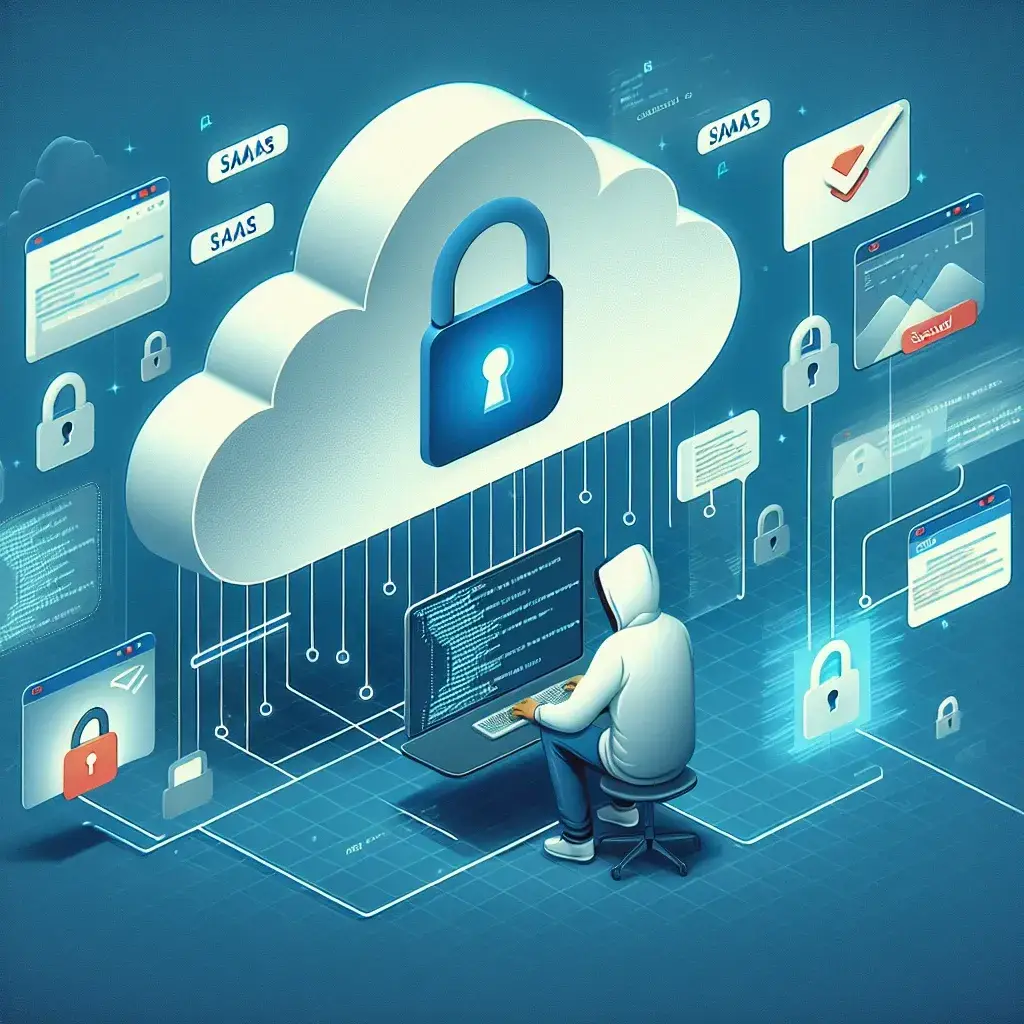Introduction
In the rapidly evolving digital landscape, Software as a Service (SaaS) platforms have become integral to businesses worldwide. While these platforms offer unparalleled convenience and scalability, they also present unique security challenges. Ethical hacking plays a crucial role in identifying and mitigating potential vulnerabilities, ensuring the safety and integrity of SaaS applications. This article explores the best ethical hacking practices specifically tailored for SaaS platforms, empowering organizations to safeguard their digital assets effectively.
Understanding Ethical Hacking in SaaS
Ethical hacking, also known as penetration testing or white-hat hacking, involves authorized attempts to breach a system’s security to uncover vulnerabilities that malicious hackers could exploit. For SaaS platforms, ethical hacking is essential in maintaining secure multi-tenant architectures, ensuring data privacy, and complying with regulatory standards.
Importance of Ethical Hacking for SaaS
- Identifying Vulnerabilities: Proactively discovering security weaknesses before they can be exploited.
- Compliance: Ensuring adherence to industry standards and regulations such as GDPR, HIPAA, and SOC 2.
- Protecting Data: Safeguarding sensitive customer information from unauthorized access and breaches.
- Enhancing Trust: Building customer confidence through demonstrated commitment to security.
Best Ethical Hacking Practices for SaaS Platforms
1. Regular Security Assessments
Conducting frequent security assessments helps in identifying and addressing vulnerabilities promptly. This includes both automated scanning and manual penetration testing to cover various aspects of the platform’s security.
Automated Scanning
Utilize advanced tools to perform automated scans that detect common vulnerabilities such as SQL injection, cross-site scripting (XSS), and misconfigurations.
Manual Penetration Testing
Complement automated scans with manual testing to uncover complex security flaws that automated tools might miss. Skilled ethical hackers can simulate real-world attack scenarios to test the platform’s defenses comprehensively.
2. Secure Software Development Lifecycle (SDLC)
Integrating security into every phase of the software development lifecycle ensures that vulnerabilities are addressed early and consistently. Practices include:
- Code Reviews: Regularly reviewing code for security vulnerabilities and adherence to best practices.
- Static and Dynamic Analysis: Employing static code analysis tools and dynamic testing to identify and fix security issues.
- Security Training: Providing ongoing training for developers on secure coding practices and emerging threats.
3. Multi-Tenancy Security
SaaS platforms often host multiple tenants on a single infrastructure. Ensuring isolation and secure access is paramount to prevent data leakage and unauthorized access between tenants.
- Data Isolation: Implement strong data segregation mechanisms to ensure that each tenant’s data is isolated and protected.
- Access Controls: Enforce strict role-based access controls (RBAC) to limit access to sensitive areas of the platform.
4. Robust Authentication and Authorization
Implementing strong authentication and authorization mechanisms is critical in preventing unauthorized access.
- Multi-Factor Authentication (MFA): Require users to provide multiple forms of verification to enhance security.
- OAuth and SSO: Utilize OAuth protocols and Single Sign-On (SSO) solutions to streamline and secure user authentication.
- Regular Audits: Conduct regular audits of user permissions and access levels to ensure they align with current roles and responsibilities.
5. Data Encryption
Encrypting data both at rest and in transit is a fundamental practice to protect sensitive information from unauthorized access and breaches.
- Encryption at Rest: Use robust encryption algorithms to secure data stored in databases and storage systems.
- Encryption in Transit: Implement TLS/SSL protocols to secure data transmission between clients and servers.
6. Incident Response Planning
Having a well-defined incident response plan ensures that the organization can effectively address and mitigate security incidents.
- Preparation: Develop and document procedures for responding to various types of security incidents.
- Detection and Analysis: Implement systems for early detection of security breaches and conduct thorough analysis to understand the scope and impact.
- Containment, Eradication, and Recovery: Establish processes to contain the incident, remove threats, and restore normal operations.
- Post-Incident Review: Analyze the incident to identify lessons learned and improve future response strategies.
7. Continuous Monitoring and Logging
Continuous monitoring and comprehensive logging are essential for maintaining visibility into the platform’s security posture and detecting suspicious activities.
- Real-Time Monitoring: Utilize security information and event management (SIEM) systems to monitor activities in real time.
- Comprehensive Logging: Maintain detailed logs of user activities, access attempts, and system changes to facilitate forensic analysis.
- Regular Audits: Perform routine audits of logs to identify and investigate anomalies.
8. Vulnerability Management
Effective vulnerability management involves the identification, assessment, and remediation of security weaknesses.
- Vulnerability Scanning: Regularly scan the platform for known vulnerabilities using updated databases and threat intelligence.
- Patch Management: Promptly apply security patches and updates to address identified vulnerabilities.
- Prioritization: Assess the severity and potential impact of vulnerabilities to prioritize remediation efforts.
9. Secure APIs
APIs are the backbone of SaaS platforms, enabling integration and functionality. Securing APIs is crucial to prevent unauthorized access and data breaches.
- Authentication and Authorization: Ensure that APIs require proper authentication and have appropriate authorization mechanisms in place.
- Rate Limiting: Implement rate limiting to protect APIs from abuse and denial-of-service attacks.
- Input Validation: Validate all inputs to APIs to prevent injection attacks and other malicious exploits.
10. Comprehensive Security Policies
Establishing and enforcing comprehensive security policies helps maintain a strong security culture within the organization.
- Access Policies: Define clear policies for user access, password management, and authentication requirements.
- Data Handling: Outline procedures for data storage, encryption, transmission, and disposal.
- Incident Response: Document protocols for responding to security incidents and breaches.
- Regular Training: Provide ongoing training and awareness programs to educate employees about security best practices and emerging threats.
Conclusion
As SaaS platforms continue to play a pivotal role in the digital economy, implementing the best ethical hacking practices becomes increasingly vital. By adopting a proactive approach to security through regular assessments, secure development practices, robust authentication, data encryption, and continuous monitoring, organizations can effectively protect their SaaS offerings from evolving cyber threats. Embracing these ethical hacking strategies not only safeguards sensitive data but also builds trust with customers, ensuring long-term success and resilience in an ever-changing technological landscape.

